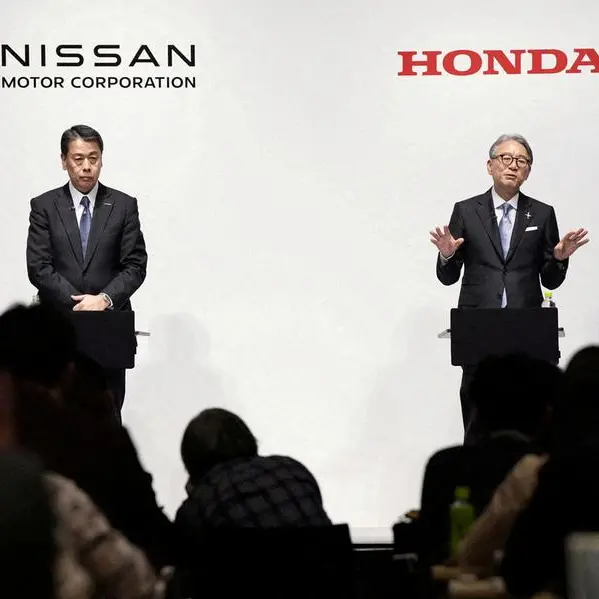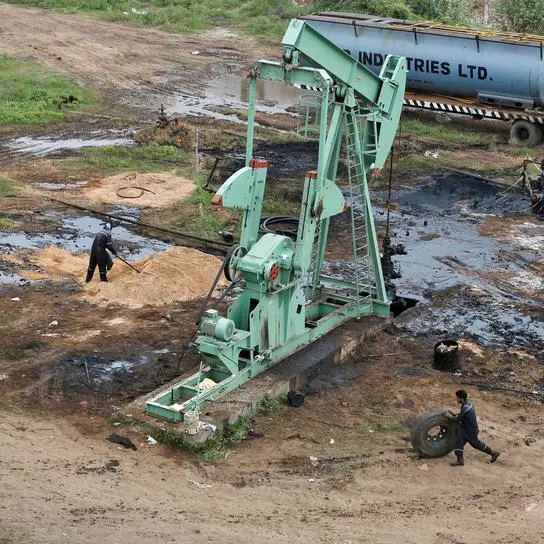Tuesday, Jun 27, 2017
Dubai
Ghassan Harfouche has just one pitch to make to the region’s media — show the data. The ones that deal in actual facts and not trumped up claims.
As Group CEO of Middle East Communications Network (better known by its acronym MCN), he commands an advertising spend around 17-20 per cent of the Middle East’s $4.5 billion (Dh16.53 billion) total. And that means his words need to be assigned due weightage by publishing houses, satellite and terrestrial TV broadcasters, radio stations and all sorts of digital platforms.
“What I don’t like about the media industry is that their prices are not based on a model that justifies them, whether it’s traditional or digital media,” said Harfouche. “They need to have the right measurements in place. Those are easily available … but the regional media is not moving in that direction despite so much dissatisfaction among clients.
In a world where data is available on what people are doing, we are still using old methods. Media owners should not accept the situation.”
For the Middle East’s advertising and media industries, the present is a time of extreme flux. The sharp drop in advertising spend since the second half of 2016 hasn’t spared anyone. And the downbeat sentiments have been made more so by marketers demanding they know exactly what they are getting in return for their ads. That is where accurate audience measurements come in ... and not the sort made up of educated guesses or artificially inflated.
“With digital, we have less of these issues (on audience measurements),” said Harfouche. “In traditional media, we are not using the latest technology or methodology.
“I see a lot of initiatives that lack the right approach for advertisers to buy into them. There were people meters (launched to track audiences for TV shows) done in the UAE and several times in Saudi Arabia. Honestly, by now there should have been some consensus on the measurements standards and how we can use them.”
“There is still advertising money for everyone — but media needs to justify what they are asking for. I see this as the major barrier. The only language we talk today — internally and when communicating to clients — has data at the centre.
“But there are lots of malpractices from the media on what they offer up as data. And clients are asking for proper metrics that will justify their investments at the end.”
But with traditional media the worst hit in the current downturn, it becomes a horse-and-cart situation. They don’t have the sustained cash flow from ads coming in to justify new capital investments, including on state-of-the-art tracking processes and supporting technology. But without such systems in place, they are at a greater risk of advertisers shunning them.
On the ad spend side of things, Harfouche does not offer hope of any immediate improvement. The steep decline in spending “continues month on month,” the CEO said. “We were seeing a trend of 20-25 per cent drop in spending and our view on this is that by August there could be a slower rate of decline.
“By September, we could see declines at 10 per cent, and then the VAT (value-added tax) arrival in January 2018 will have some impact. By August 2018, we should see stabilisation, and that will allow everyone to start feeling comfortable.” For now, “ad budgets are less than what they used to be. In terms of allocation, growth was happening on digital spend, because it was a new channel that did not reach maturity in terms of its share of the ad budget. Print got affected the most followed by outdoor and TV. Even digital is getting affected in terms of growth. But it’s still needed because of one reason — it’s easier on the production costs on tactical campaigns.”
Does the increased spend on digital means less margins for ad agencies? “I won’t say margins are going to be affected in terms of allocation between digital and traditional — I don’t think anyone is playing this game,” said Harfouche. “The issue of profitability at agencies is coming from different reasons.
“If our clients are facing difficulties, we can’t just say we have to drop our level of service. They don’t just need us when things are rosy. As an operation, the pressure is on us to deliver at all times. You cannot reduce the cost of people.
“Instead, we have been looking at efficiencies in other places. We have looked at places with reduced costs — such as Lebanon and Egypt — and placed more people in back-office roles there rather than hire in Dubai.
“There’s pressure on agencies big time — but we adapt all the time.”
By Manoj Nair Associate Editor
Gulf News 2017. All rights reserved.






















